FeatureSimplifying The World Of Watches: The Watch Guide Answers All Your Questions On Horology
We asked our readers on social media if they were curious about the world of horology, and we had our hands full with all the insightful questions posed by you all. As promised, here are the answers you were looking for
May We Recommend
When you begin reading about watches and developing a keen interest in the art of watchmaking and its many intricacies, you need to slowly and steadily also build your ‘horological’ vocabulary. For the uninitiated, ‘horology’ means ‘the art of making clocks or watches’. There are a lot of confusing and alien words that even I encountered and it took a lot of Google searches to make me understand what parts of watches reviewers were talking about. And it wasn’t even the description of the parts that had me baffled; it was also how the watches themselves functioned. Every review I read led to a flurry of activity on my internet browser, with many tabs opened as I tried to find out what exactly the authors were trying to describe.

We’re guessing that this sounds familiar to a lot of people. So, we put posted across our social media channels, asking you, the readers, if you were confused about anything in particular. And boy, did you guys deliver! So here I am, trying to answer all your questions to the best of my abilities. Let’s start with the basics, shall we?
The Anatomy Of A Timepiece
First, we’re going to cover the confusingly-named parts of a watch, since that was a fairly common question across all platforms.
There’s the case. Now that’s easy enough since the watch needs to be ‘encased’ in something. It is the ‘skin’ of the watch that protects the movement (which we’re going to cover in a bit) ticking within. It also features the watch face, on which you view the time, and the caseback. At least this one has some basis in the English language. The materials that cases are made from can range from stainless steel and white gold to bronze. Instagram user deyvaansh asks, “When choosing a watch, what should I keep in mind while deciding between a stainless steel, titanium or ceramic case?” Stainless steel cases are easily available, inexpensive, durable, and have a decent ability to hold a polish. It comes as no surprise that it is the most widely used material in watchmaking. Titanium has a dark grey appearance that looks undeniably cool on your wrist. Apart from being lightweight, the metal is also hypoallergenic. However, titanium is more expensive than stainless steel, and that makes it relatively rarer in the horological world. The use of ceramic in watches is fairly new in comparison, and the man-made material is a great alternative to metal. It’s extremely light, hard and even scratch resistant, making it ideal for your wrist. Yet, while the raw materials to make ceramic might be cheap, the manufacturing process is expensive. So to choose between the three, it trickles down to your personal preference and the size of your wallet.
The dial is the watch face, and thelodship astutely observed that watch hands are mostly shown in the 10:10 position. “Is there more to the watch hands being at 10 and 2 other than being aesthetically pleasing?” he asked us. Well, when the hands are in the 10 and two o’clock positions, one can see all the elements of the watch clear as day. You can read all about this fascinating phenomenon, along with the theories it has incited, here.
Next up is something that Instagram user leonvaz86 asked, “What is a bezel?” The bezel is basically the ring on the case that surrounds the glass over the dial. It’s a term commonly used these days even to describe the frame around the display of smartphones and other devices. The bezels on watches though can have specific functions beyond framing a watch. Certain types of bezels can even be rotated—a significant attribute of diving watches. In their case, the bezel is graduated into 60 divisions, which marks the 60 minutes of an hour. You can read more about how to use bezels here.
Circling back to the watch glass covering the dial, it can either be mineral glass, Plexiglas, sapphire crystal or other crystals such as hesalite. Out of these, sapphire crystal is the most scratch-resistant, and is mostly used in fine timepieces, especially today. Plexiglas, a synthetic plastic-like substance, is the least scratch-resistant. Instagram user abhinavmagapu posed an interesting question, “Sapphire crystal glass commands a premium, but do its benefits actually justify the cost?” Most definitely. If you’re buying a luxury timepiece, it will most likely be equipped with a sapphire crystal glass, as it is more scratch-resistant than mineral glass. The reason it is relatively more expensive is that special tools are required to cut and polish the crystal, which are quite expensive in themselves. If you have already bought a watch that has a mineral glass, but foresee your watch going through a bit of a beating, and would rather have the sheen of its glass intact, we suggest you get it replaced with sapphire crystal.

Then there’s the crown—the knob with which you set the time and wind the watch (in mechanical watches). Lugs are what attach the aforementioned case to the strap.
What Makes A Watch Tick
“What is a calibre/movement?” asked sehyrbains. It’s the engine that powers the watch and all its functions. A movement can be mechanical and—to answer thelodship’s question, “What is a quartz watch?”—there is the quartz movement. While quartz movements have quartz oscillators, powered by a battery, mechanical movements have oscillators powered by a mainspring as it unwinds. The mainspring of a self-winding mechanical watch is wound by a rotor that moves with the movement of a wearer’s wrist. The mainspring in a manual-winding calibre is wound physically by rotating the winding crown in the clockwise direction.
Quartz watches are definitely more accurate and they can run autonomously without the requirement of any winding or movement. Here, abhinavmagapu ponders, “What makes (automatic watches) so expensive?” There are many reasons for this. The horological world is an ever-changing landscape of innovation and craftsmanship. Each new mechanical movement released into the market has behind it a team of developers—whether in-house at a brand or at movement manufacturing establishments such as ETA—who’ve meticulously researched the needs of wearers and the designs that would be coveted by them. High-end mechanical watches are also crafted with high-end materials, which cost a pretty penny. Moreover, mechanical movements are expensive to make. This is because they are more complex, and the more the complications (which we’ll get to), the more the demand from the calibre. To ensure something that small runs smoothly and without a hitch takes a massive amount of effort—and it’s the guarantee that it won’t let you down if you have it serviced on time that you’re paying for. Mechanical watches are also created in smaller numbers, which makes them more expensive.
When the movement is the star of the watch, it is generally exhibited through a clear caseback or a skeleton dial. Here, anuragx1 had an interesting question to pose, “Who named them skeleton watches, or is it just an industry-given name?” Though the first open-worked watch first appeared in 1760, skeleton watches really took the world by storm when the Swiss industry was coping with the ‘quartz crisis’. This was when the production of quartz wristwatches began and gained a strong foothold in the 1970s and 80s. In light of this new competitor in the market, the image of mechanical watches had to be overhauled—they became ‘proper’ timepieces meant for those who appreciate the intricate inner workings and the superlative craftsmanship involved in making them. Skeleton watches, then, became mechanical watch industry’s response to mass-produced quartz watches, where you could see the timepiece’s intricate inner workings ticking away to glory. I believe the word ‘skeleton’ just came about naturally and has become the industry’s word of choice for watches that exhibit their movements.
In mechanical watches, it’s the mainspring that provides power to a watch as it unwinds. The ‘power reserve’ therefore refers to the time it will take for the mainspring to unwind completely, upon which it will need to be wound again for the movement to keep functioning. These days watches come with hefty power reserves and helpful indicators so you’re never likely to find that your watch has stopped functioning. The average mechanical watch will provide you with a power reserve of 42 hours. sunil_mysoru enquired about the watches with the best power reserve. Here’s an article about ten noteworthy watches that offer a significant power reserve, if you’re looking for watches that go beyond the average.
Instagram user watches_by_akee queried, “What’s the function of the Remontoir d’Egalite in some high-end watches?” It is a device inside a movement that provides constant force to the escapement. Thus, it regulates the delivery of energy to the balance wheel. This was created by Francois-Paul Journe in 1991 and fitted inside a tourbillon (a complication that we’ll get to shortly). The effect of having this device is that the seconds hand on the watch does not sweep, and is called a ‘dead second’.
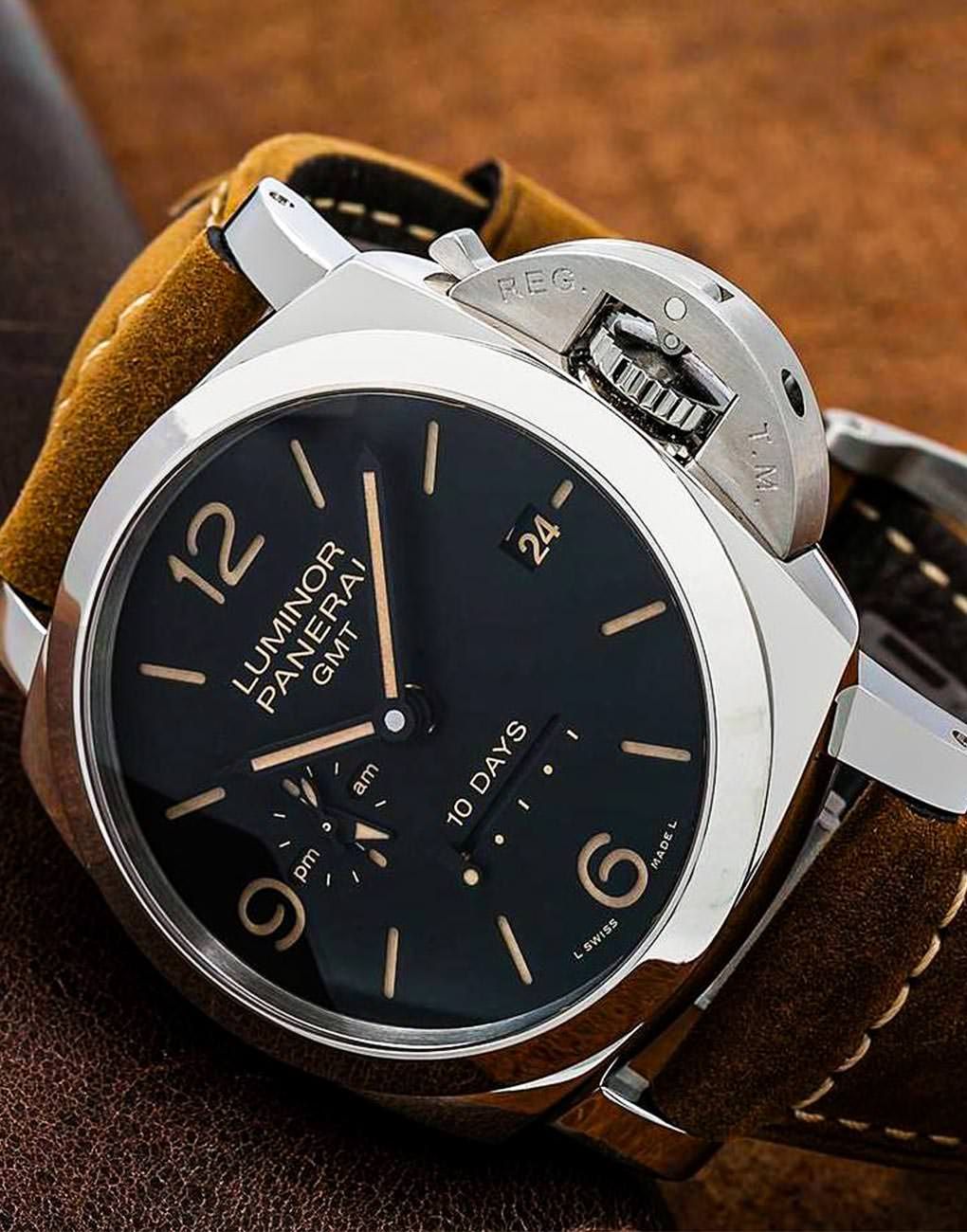
“What is a jewel inside a watch and what does the number of jewels indicate,” questioned shutupshom. Mechanical movements are equipped with jewels, which aren’t actually gemstones but are generally polished synthetic rubies. They reduce the amount of friction experienced by the moving parts inside the movement and hence ensure the watch is as accurate as can be. The more complicated the movement, the greater the number of jewels used in the calibre. Here is an informative article about jewels.

The New Frontier
Watchmakers are always trying to break barriers. To that effect, Instagram user jklmpoonawala queried, “Has there been any innovation in terms of making the mainspring discharge power slowly and uniformly apart from the conventional balance wheel and escapement?” One example comes to mind here, and that’s the Zenith Defy Inventor, a timepiece that has truly defied expectations. It incorporates something called the Zenith Oscillator, which is a single regulating component made of silicon, which incorporates the functions of the balance wheel, balance spring, and lever. This eliminates the inclusion of 30 individual parts, which in turn reduces energy-robbing friction, leading to significantly better timekeeping and increased reliability.
It’s Not So Complicated
“What is the most difficult complication achievable in mechanical movements,” asked zakshaykh. This would definitely be the tourbillon. The word tourbillon is French for ‘whirlwind’. This stunning complication was developed in 1795 and patented in 1801 by French-Swiss watchmaker Abraham-Louis Breguet. Originally created for pocket watches, a tourbillon is a rotating mechanism for the watch’s escapement, built this way to negate the adverse impact that gravity has on timekeeping, when the timepiece is kept in a static position. In present times, there are only a select few maisons that have mastered the craftsmanship and developed nuanced expertise in constructing terrific tourbillon timepieces.
“Are all tourbillons accurate?” queried horopinion, and “Are tourbillons really useful?” enquired ahmedmohtesham. When Abraham-Louis Breguet invented the tourbillon in the late 1700s, he did so with the intention of creating a mechanism to improve the performance of a pocket watch after noticing the adverse effects of gravity on its accuracy. This invention did work in favour of the pocket watch. However, unlike a pocket watch’s fixed vertical and horizontal motions, a wristwatch is constantly in varying motion, making the usefulness of the invention obsolete. Although it has no place in modern horology, the tourbillon is now a stronger statement than ever before, with the complication showing up in the uppermost echelons of watchmaking. It is one of the most difficult complications to create, and that commands a price and promises bragging rights unlike any other complication out there, and for good reason. The kind of dexterity and mastery over mechanics that are required to craft a tourbillon is unfathomable to us plebians. So to answer ahmedmohtesham’s question, no, tourbillons aren’t essentially useful anymore. In fact, it has been proven that tourbillons aren’t more accurate than a traditional escapement on a wristwatch. However, they are considered as pieces of mechanical art, which explains the astronomical prices they command.
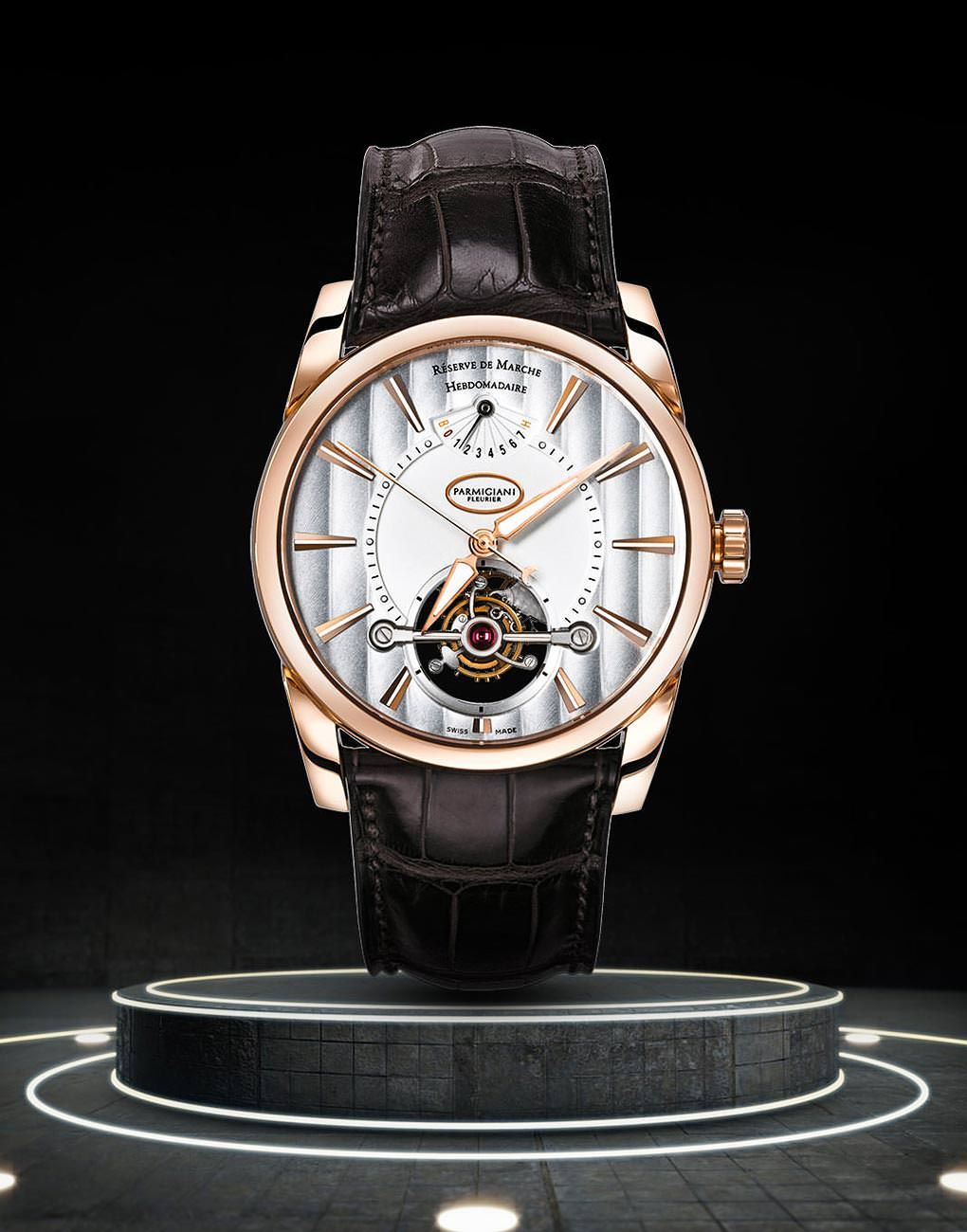
Here, I take the opportunity to also answer moto_bhai’s question, “What does ‘axis’ in tourbillon mean?” It’s time for a little bit of physics. An axis of rotation is ‘the straight line through all fixed points of a rotating rigid body around which the body moves in circles’. So when we say a tourbillon is double-axis, it means that it turns around two axes, both of which rotate once per minute. Triple-axis tourbillons are extremely complicated. Their carriages rotate concurrently about three different axes. As a result, the tourbillon is never in the same position and is immune to any effects of gravity—making them slightly more precise. If you’re interested in reading more about tourbillons, here’s an informative article that you can take a look at.
Two other mechanically marvellous complications are the perpetual calendar and the minute repeater.
Another complication that confuses newbies to the horological world is the chronograph, and the flyback chronograph even more so. A chronograph is essentially equipped with a stopwatch function that enables you to measure short periods of time with the help of pushers. Most watches that have sub-dials are chronographs, but the sub-dials could be for all sorts of other functions as well, including moon phase indicators, a second time zone display, an analogue date display, etc. Instagram users prereettt and ruchika83 both asked, “What is a flyback chronograph?” A flyback chronograph can measure time consecutively, as the seconds hand ‘flies back’ to zero and instantaneously starts keeping time again when the pusher is activated. Regular chronographs do not have this feature; one needs to press the pusher three times to stop, reset and start the count again.
What’s In A (Brand) Name?
Instagram user Njal_king asked, “Is there any way that we can check if the watch is an original or a first copy?” User iamvinayakjoshi posed the same question differently, saying, “How can one understand if the watch is a genuine piece or a fake if there are no documents?” Meanwhile, theindianhorology asked, “How are brands fighting against counterfeit watches?” Counterfeiting is a huge menace that faces the horological industry, and watches, especially of the mechanical persuasion, can be extremely expensive. One obviously wouldn’t want all that money to go down the drain because of a fake watch. An easy way to spot a fake—if you find a suspiciously good deal from an unknown retailer (such as a 90-percent discount). Always buy watches through legitimate channels, such as brand-authorised retailers. A number of visual cues can also warn you of a counterfeit watch. Oftentimes, counterfeit watches that promise additional functions, such as a chronograph or moon phase, don’t always deliver on that promise, or at best, won’t work with precision. Most times, shoddy workmanship can be spotted from a mile away.
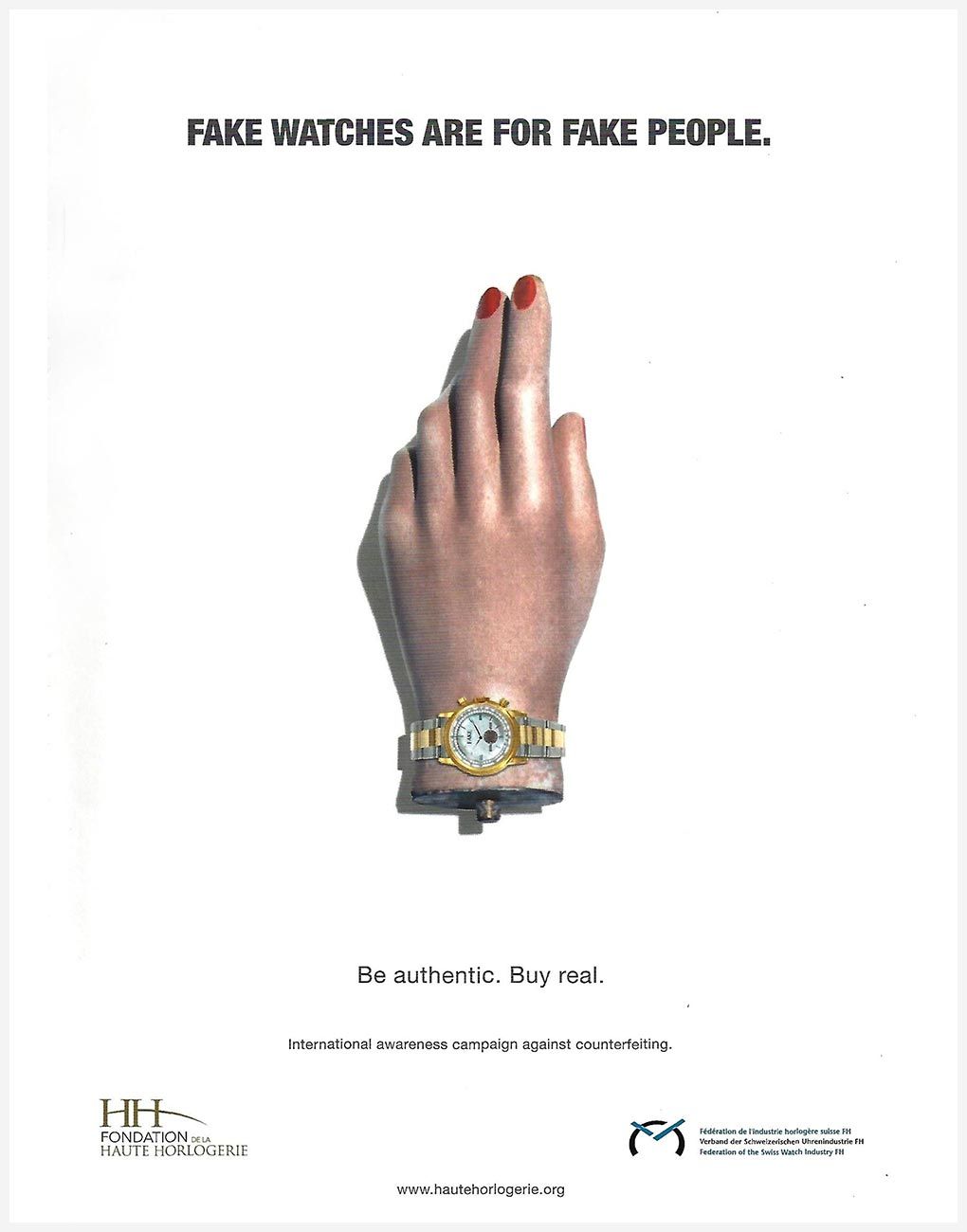
The horological market is, of course, aware of this problem. The Fondation de la Haute Horlogerie (FHH), for example, ran a campaign against counterfeiting, with one of the slogans being ‘Fake watches are for fake people’. The FHH is ‘a legitimate authority for the safeguard and promotion of fine watchmaking all over the world’. You can read all about counterfeit watches and why buying an authentic timepiece matters in this thoroughly-researched article. Peanutbutterdiaries said, “Suggest something for someone just starting out with their interest in luxury watches.” The aforementioned article also has our picks for beautiful entry-level luxury timepieces that can start you off nicely on your horological journey.
Instagram user saikpsych posed an interesting question, “Why are Swiss watches considered the epitome of luxury, while their Japanese counterparts, such as Grand Seiko, are not seen in the same light?” There’s a whole lot to unpack here, and I think one of our writers has explained it concisely in this article, where he explores this complex comparison, and how you can navigate it and make your choice.
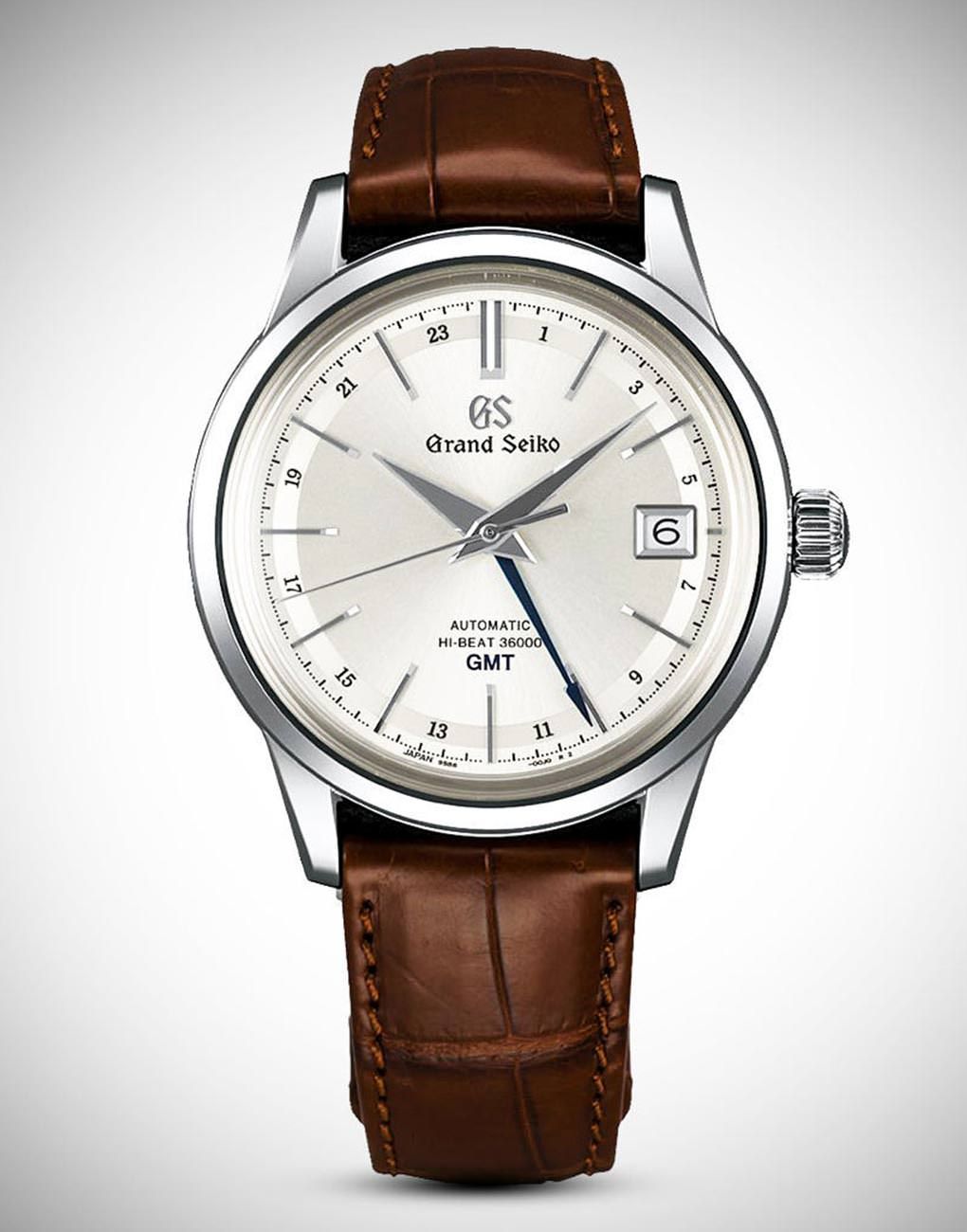
We absolutely loved answering all of your insightful questions and we hope that we’ve allayed some of your confusion.
Please follow Ethos Watch Boutiques on Facebook, Instagram, LinkedIn and Twitter and keep showing us your love!


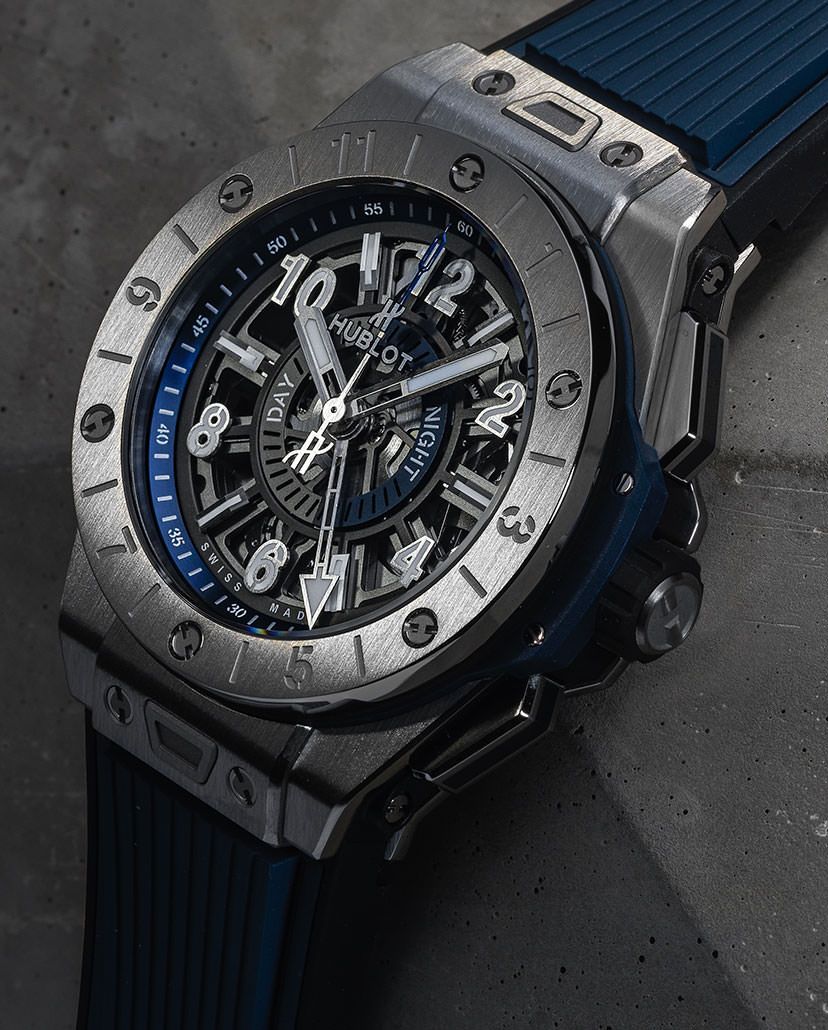

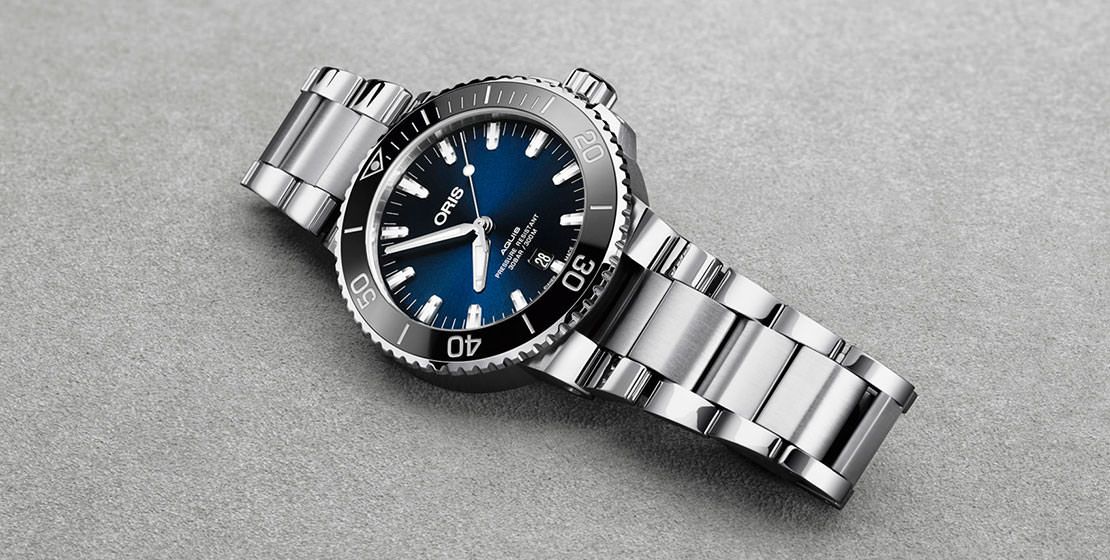
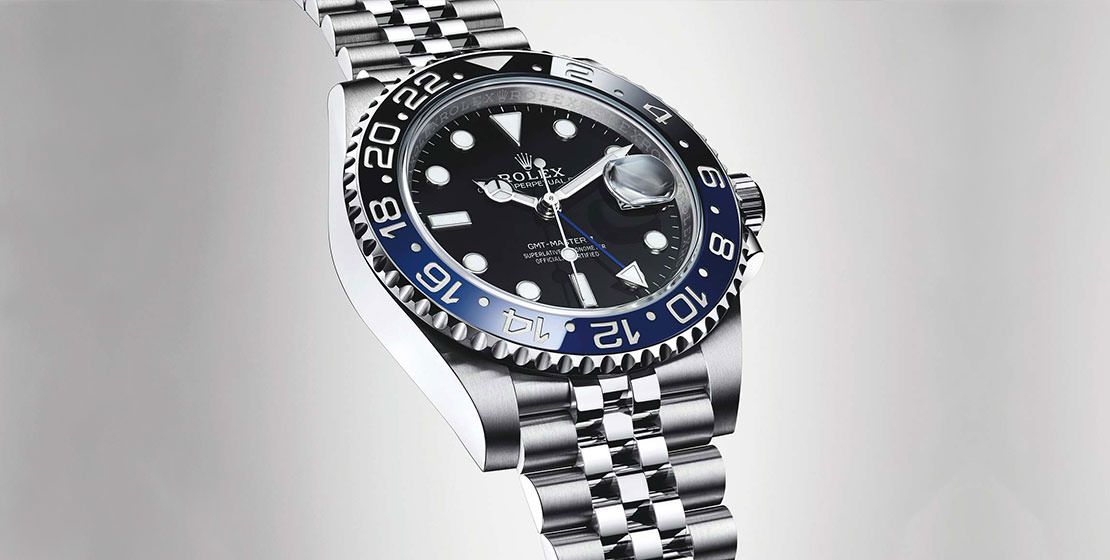

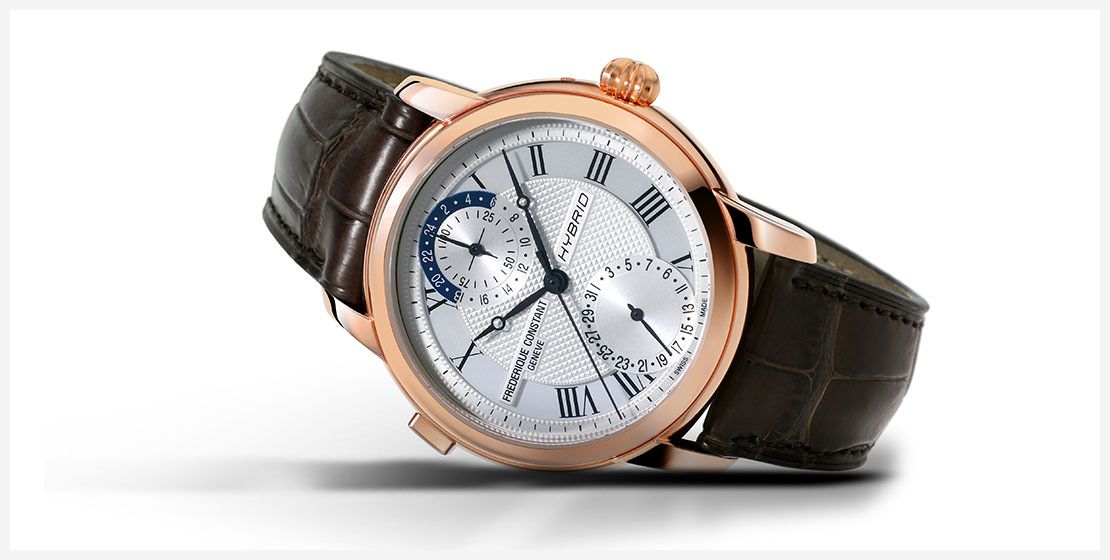
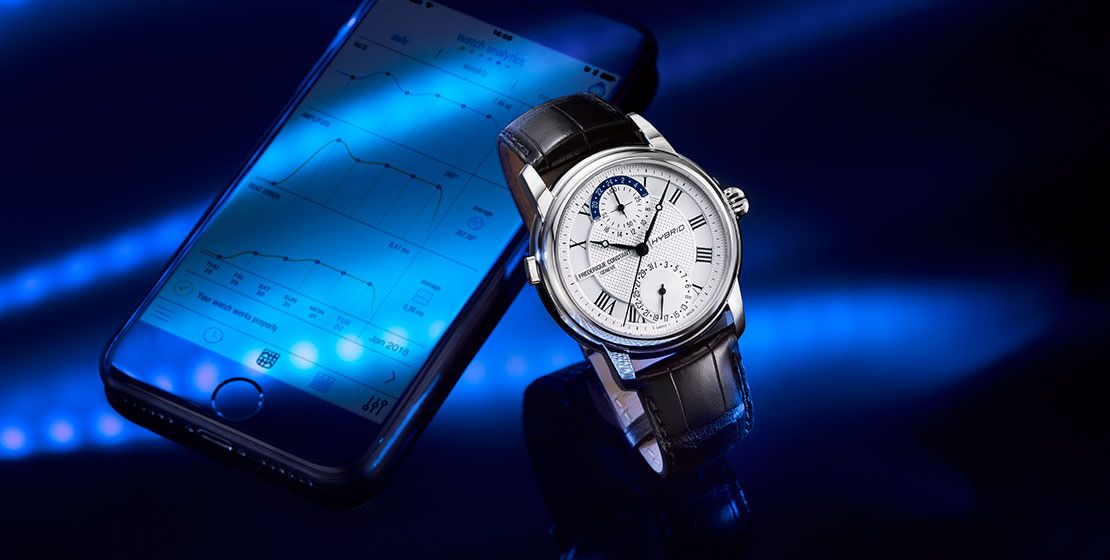
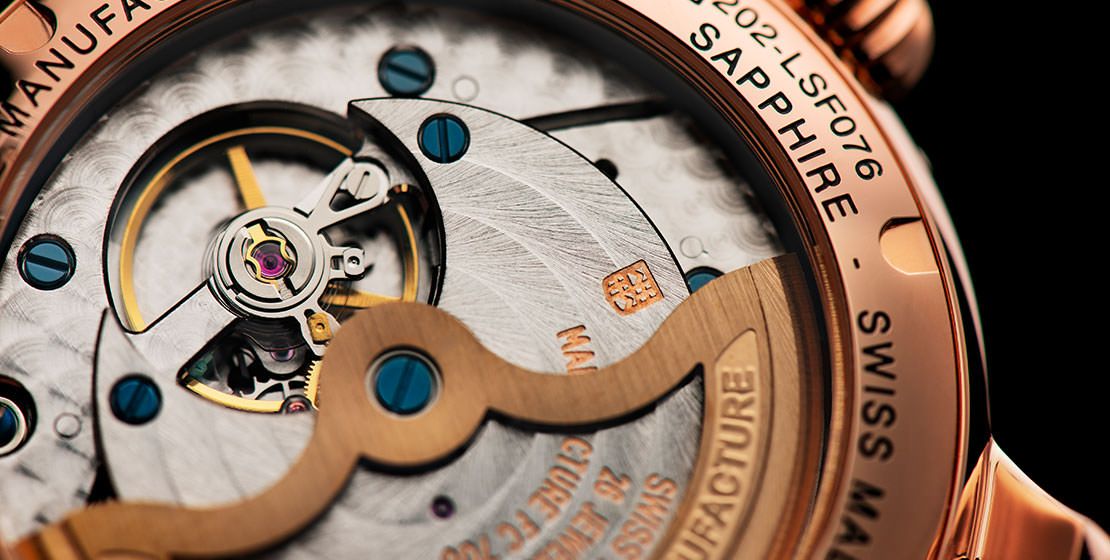

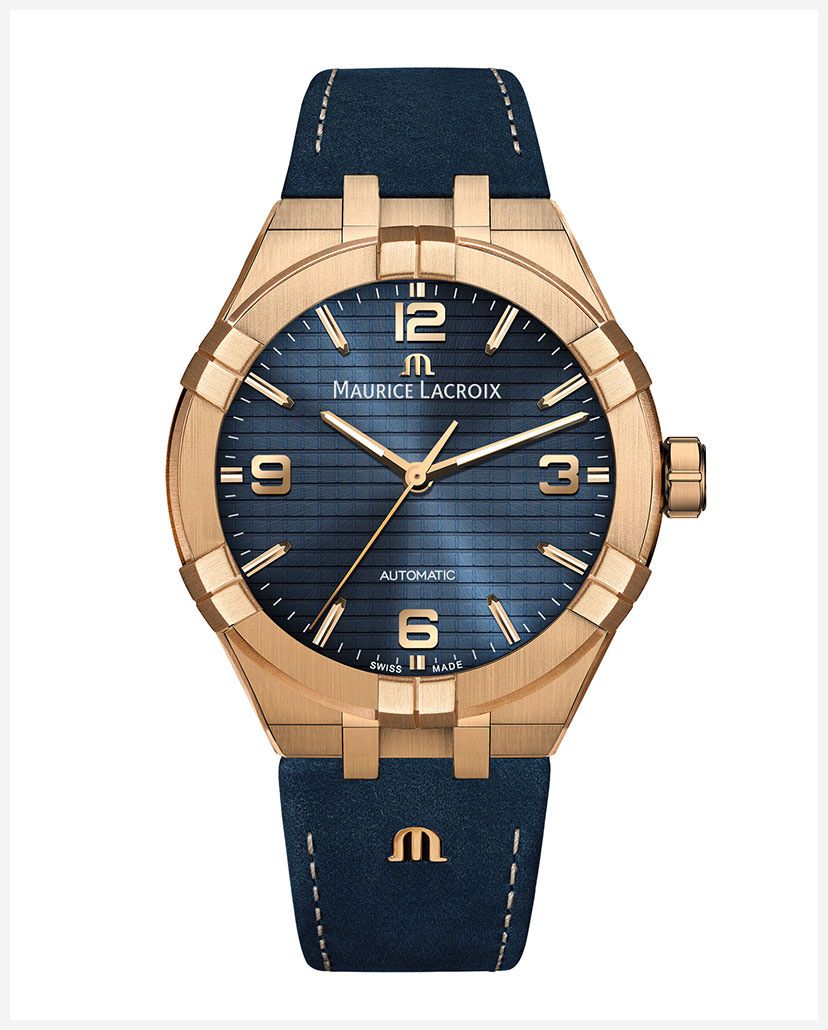
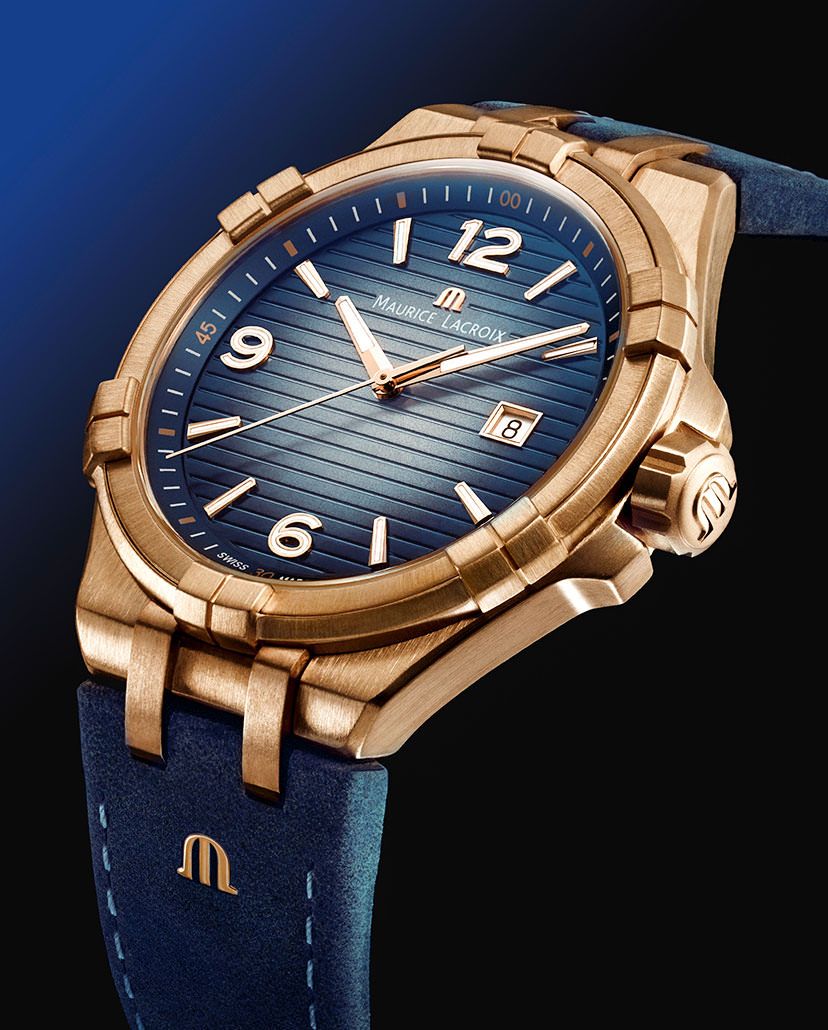

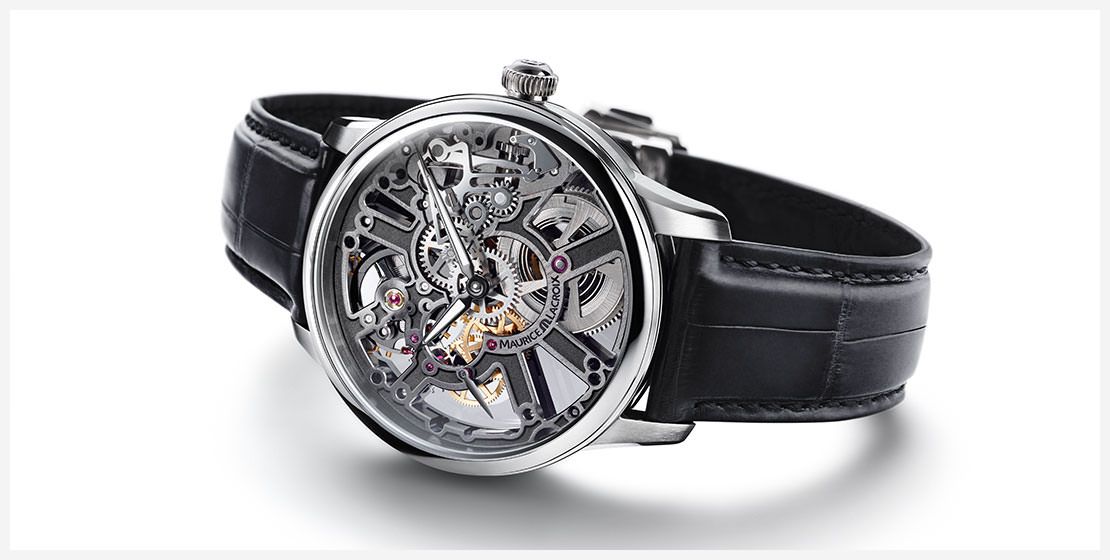
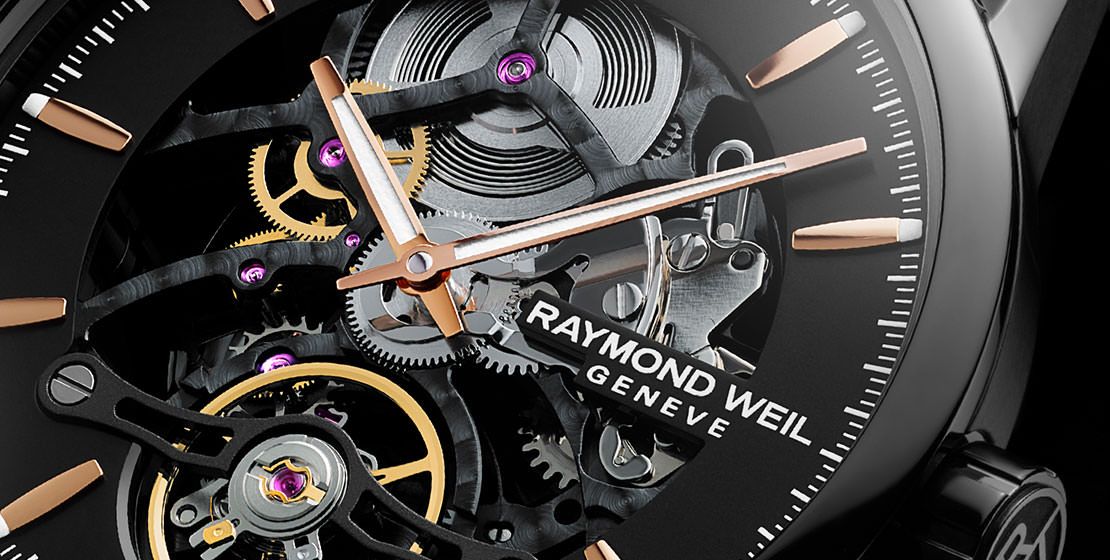
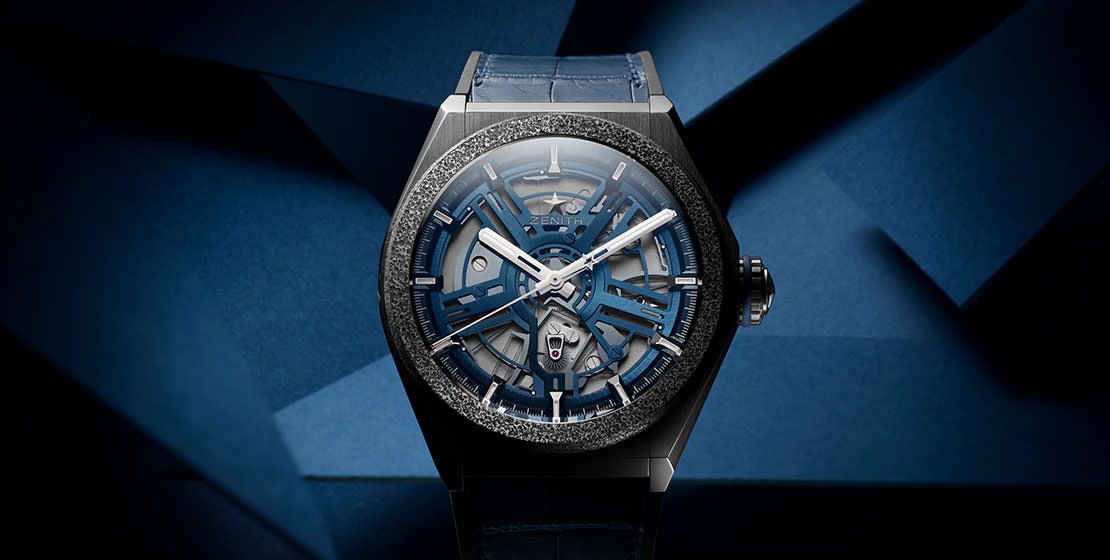


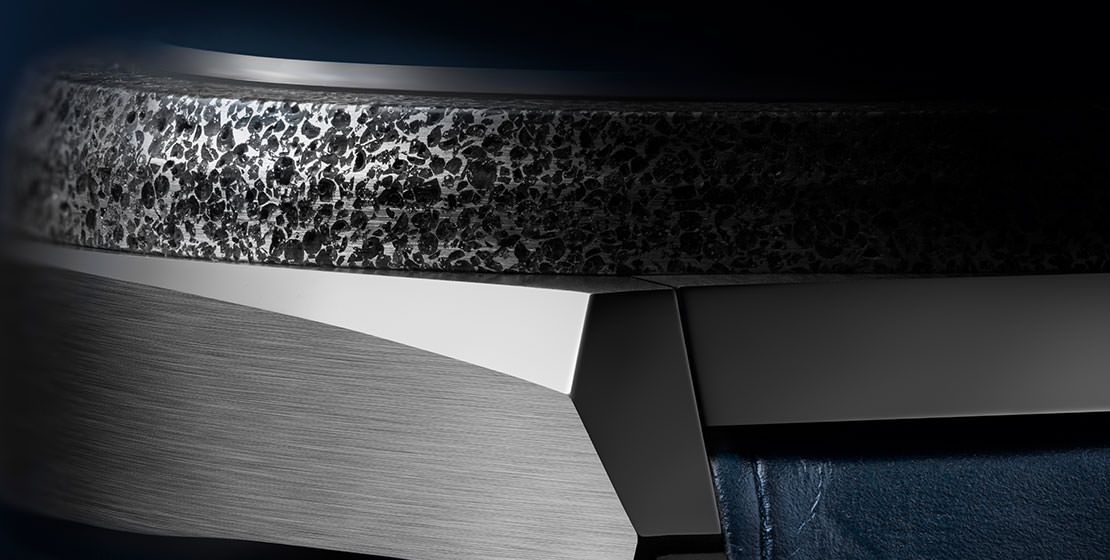
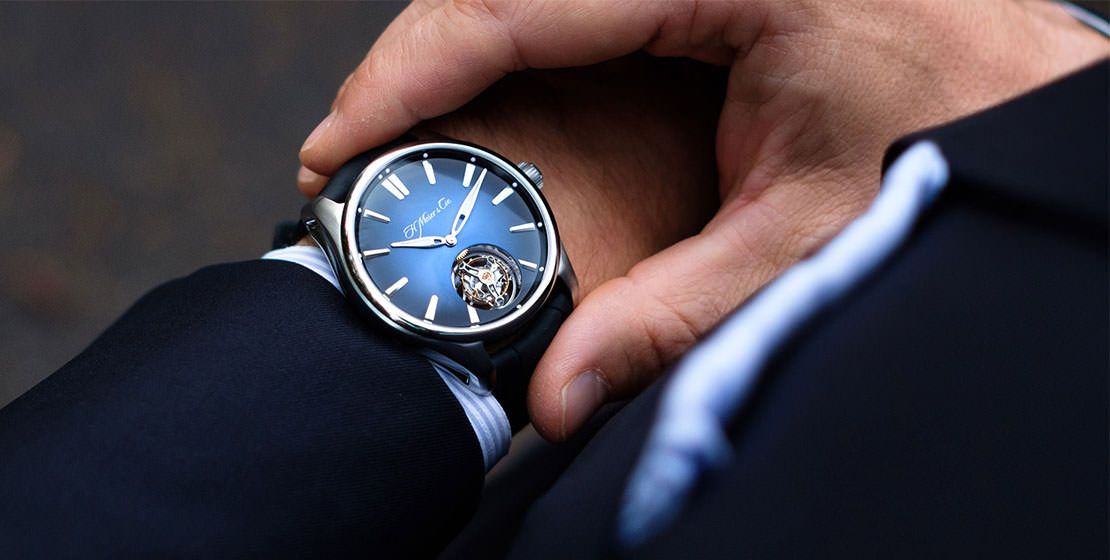

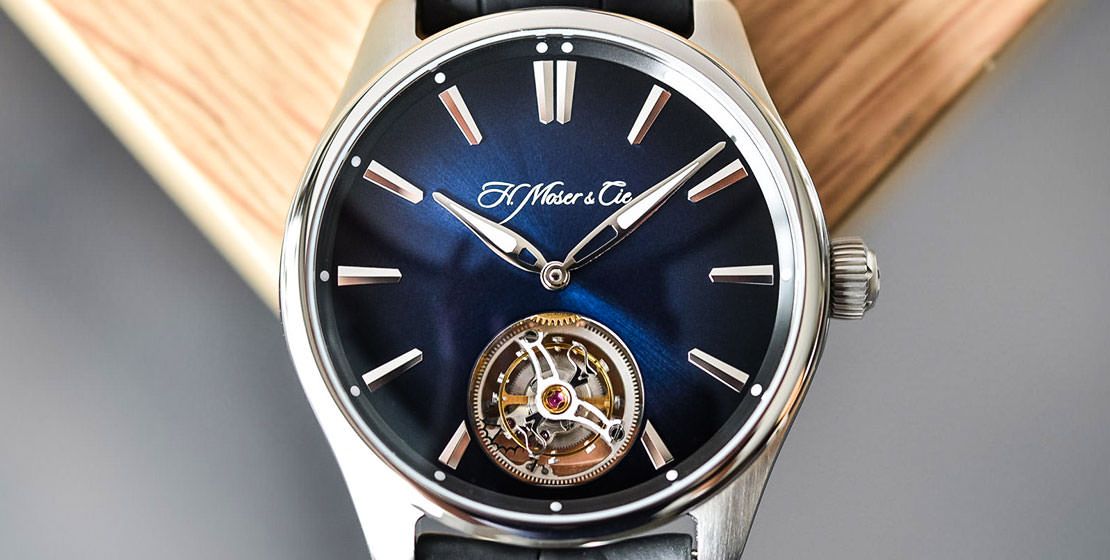
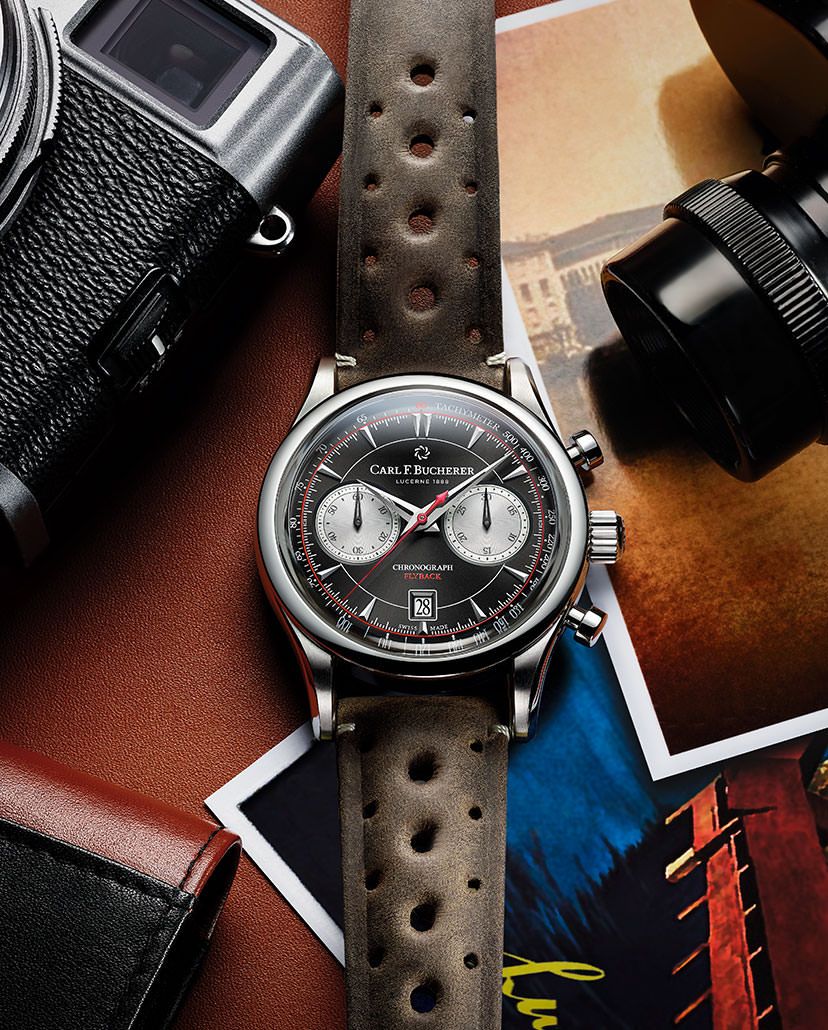
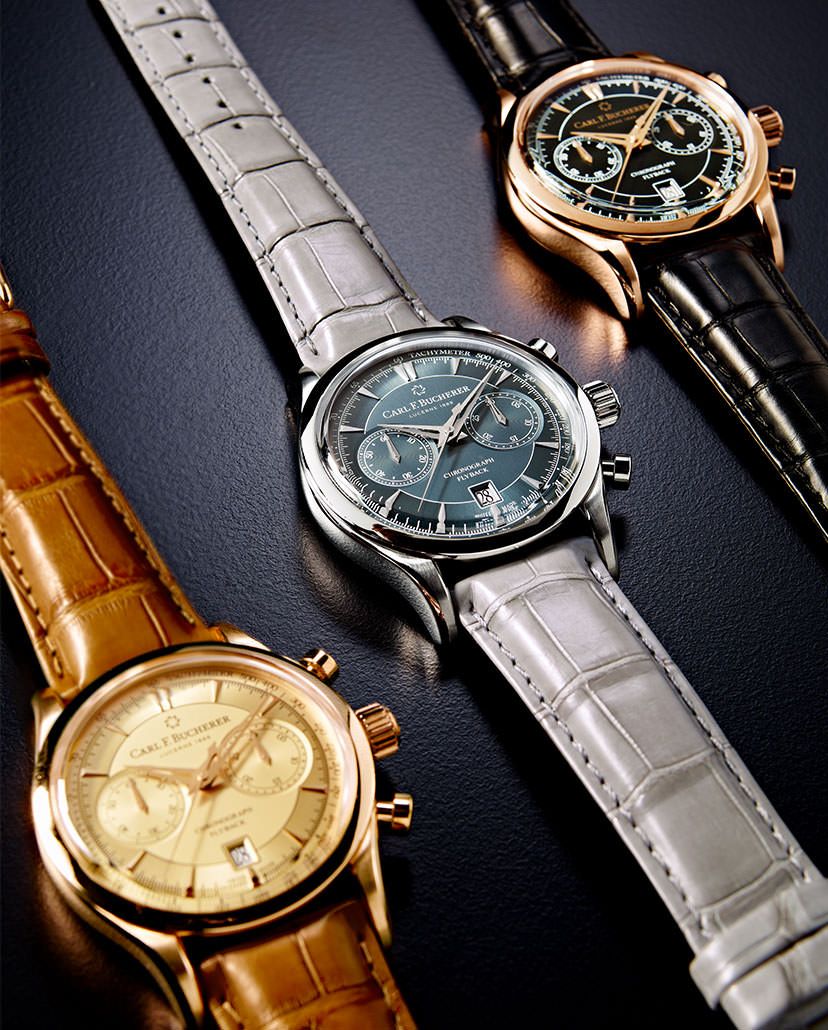
























hii.. i have a swatch watch recently it fell from my hand and the second’s dialer come out from its original place,. could you fix it?
Hello Vikil,
Thank you for reaching out to ‘The Watch Guide’. For any queries related to repairing and servicing of watches, please visit the Ethos ‘repair and service’ page, click on ‘request a call back’, and enter your details. Someone from the service centre will contact you soon thereafter. Please visit the page here: https://www.ethoswatches.com/repair-and-service/.
Thank you for reading, and stay safe!